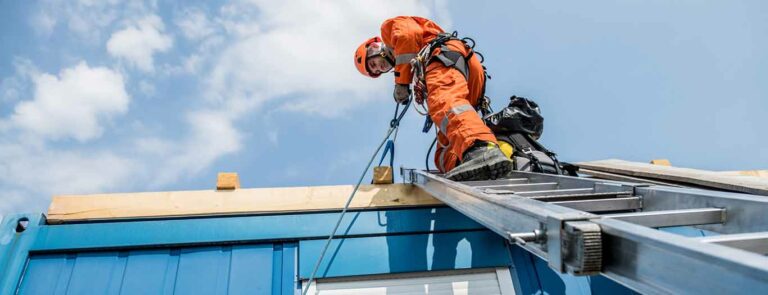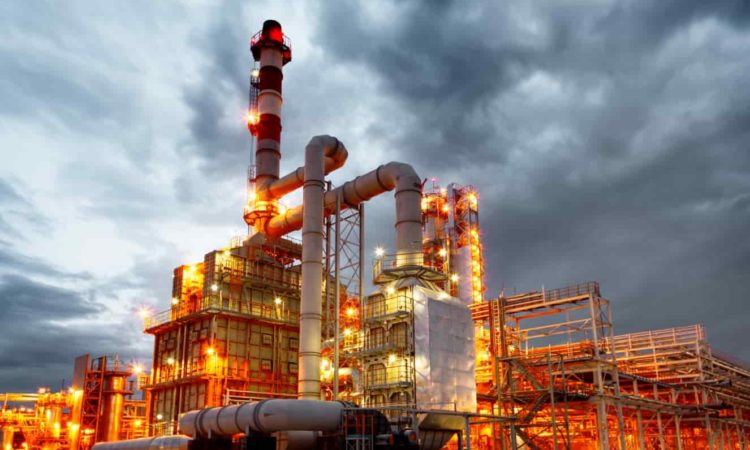What Does Roar Solutions Mean?
What Does Roar Solutions Mean?
Blog Article
Unknown Facts About Roar Solutions
Table of ContentsExcitement About Roar SolutionsWhat Does Roar Solutions Mean?Some Known Questions About Roar Solutions.
In such an environment a fire or surge is possible when 3 fundamental conditions are fulfilled. This is frequently described as the "hazardous area" or "burning" triangle. In order to safeguard installments from a potential surge an approach of analysing and identifying a potentially harmful area is required. The purpose of this is to make certain the proper choice and installation of devices to ultimately avoid a surge and to guarantee safety and security of life.
(https://pagespeed.web.dev/analysis/https-training-roarsolution-com-au/mm9wy036rp?form_factor=mobile)
No equipment should be installed where the surface area temperature of the devices is more than the ignition temperature of the offered threat. Below are some common dust harmful and their minimum ignition temperature. Coal Dust 380C 225C Polythene 420C (melts) Methyl Cellulose 420C 320C Starch 460C 435C Flour 490C 340C Sugar 490C 460C Grain Dust 510C 300C Phenolic Resin 530C > 450C Aluminium 590C > 450C PVC 700C > 450C Residue 810C 570C The probability of the hazard being existing in a focus high sufficient to cause an ignition will certainly differ from location to location.
In order to classify this threat an installment is split into locations of threat relying on the quantity of time the harmful is present. These areas are described as Areas. For gases and vapours and dusts and fibers there are 3 areas. Area 0 Zone 20 A dangerous atmosphere is extremely likely to be existing and might be present for long durations of time (> 1000 hours per year) or also constantly Area 1 Area 21 A dangerous environment is possible however unlikely to be existing for long durations of time (> 10 450 C [842 F] A category of T6 implies the minimum ignition temperature level is > 85 C [185 F] Hazardous location electrical tools possibly designed for usage in greater ambient temperature levels. This would indicated on the rating plate e.g. EExe II C T3 Ta + 60C( This indicates at 60C ambient T3 will not be exceeded) T1 T1, T2, T3, T4, T5, T6 T2 T2, T3, T4, T5, T6 T3 T3, T4, T5, T6 T4 T4, T5, T6 T5 T5, T6 T6 T6 A T Class ranking of T1 implies the maximum surface temperature level produced by the instrument at 40 C is 450 C. Thinking the connected T Class and Temperature level ranking for the tools are suitable for the area, you can always make use of an instrument with a more strict Division score than required for the location. There isn't a clear solution to this question regrettably. It actually does depend on the sort of tools and what repairs need to be executed. Equipment with details test procedures that can not be done in the area in order to achieve/maintain 3rd party ranking. Have to come back to the factory if it is before the tools's solution. Field Repair By Authorised Personnel: Complex testing might not be required nonetheless certain procedures may require to be complied with in order for the tools to maintain its 3rd event score. Authorised personnel have to be utilized to do the work properly Fixing have to be a like for like replacement. New part must be considered as a direct replacement requiring no unique testing of the tools after the repair is complete. Each tool with a hazardous rating ought to be reviewed independently. These are detailed at a high degree below, yet for more comprehensive info, please refer straight to the guidelines.
Roar Solutions Things To Know Before You Buy
The equipment register is a thorough database of equipment documents that includes a minimum set of areas to recognize each product's location, technical parameters, Ex classification, age, and environmental data. The ratio of Thorough to Close inspections will be figured out by the Devices Danger, which is assessed based on ignition threat (the likelihood of a resource of ignition versus the likelihood of a combustible ambience )and the dangerous area classification
( Zone 0Area 1, or 2). Carrying out a robust Risk-Based Inspection( RBI )technique is critical for ensuring compliance and safety in managing Electric Tools in Hazardous Locations( EEHA).
Roar Solutions for Beginners

In additional hints terms of explosive threat, a hazardous area is a setting in which an eruptive atmosphere is existing (or may be anticipated to be existing) in quantities that require unique safety measures for the building, setup and use of devices. eeha courses. In this short article we explore the difficulties encountered in the workplace, the threat control measures, and the required competencies to work safely
These compounds can, in particular conditions, create explosive environments and these can have major and tragic consequences. Most of us are familiar with the fire triangle get rid of any kind of one of the three elements and the fire can not take place, however what does this mean in the context of hazardous areas?
In the majority of instances, we can do little concerning the levels of oxygen in the air, yet we can have considerable influence on sources of ignition, for instance electrical devices. Hazardous locations are documented on the harmful area classification drawing and are identified on-site by the triangular "EX-SPOUSE" sign. Below, amongst various other key information, zones are split into three types depending on the danger, the chance and period that an explosive environment will certainly exist; Area 0 or 20 is deemed one of the most dangerous and Area 2 or 22 is considered the least.
Report this page